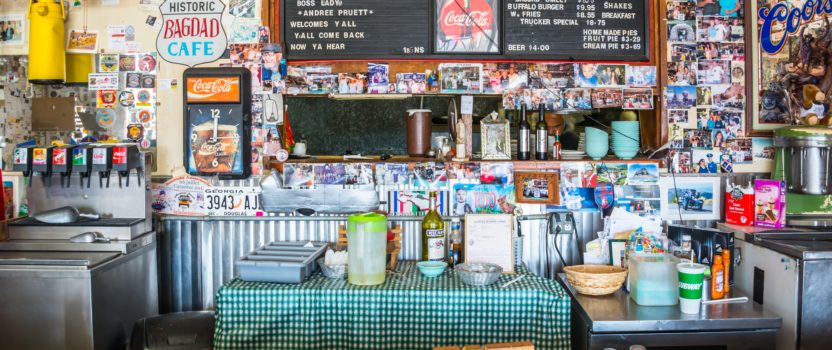7. Route 66, Mojave Desert, California Pt 1
When I was prepared to check out of the Route 66 Motel in Barstow, California, the next morning, Mridu was in the office. I had the opportunity to talk with her at length about many topics, including her family and the business. I told her about our planned trip down Route 66 and thanked her for doing her part in keeping the legend of Route 66 alive. Relaxed, Mridu brought out from her living quarters a guest book she herself had covered with Route 66-themed print cloth. The entries in several different languages from people around the world attest to the global interest in Route 66 as a piece of Americana.


Our destination for the night, Needles, California, was roughly 150 miles distant through the Mojave Desert. The drive was punctuated by several stops at iconic Route 66 landmarks. On the way, the first Route 66 relic I noticed, about 10 miles east of Barstow, was the long-closed Daggett Cafe. The lines of the front of the steep, green-tiled roof of this 1930s-era white wooden structure remind me of the shape of a pair of spread out convex concave calipers. Very quaint.
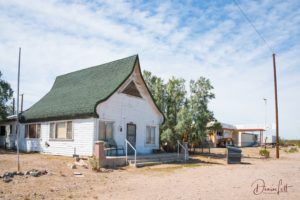

Driving another 10 miles or so, we came to the Bagdad Cafe in Newberry Springs. This cafe, originally the Sidewinder Cafe, was renamed in 1995 after the name of the German movie Bagdad Cafe, which was filmed here in 1988. The eponymous town of Bagdad and its cafe for which the movie was named had been located down the road.
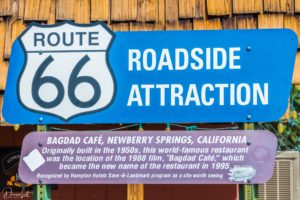

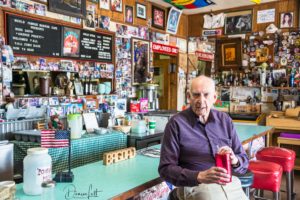

Immediately to the west of the cafe in Newberry Springs is a stripped-down airstream trailer and the roadside sign of the Henning Motel. The trailer and motel with its sign appear in the movie. The motel has since been razed. The cafe is well known and visited by many Europeans, as the German movie filmed here was very popular in Europe.

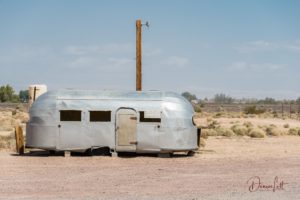


A short drive past the Bagdad Cafe in Newberry Springs lie the ruins of a gas station behind a chain-link fence. I pulled off. Another car had just stopped in front of us. A lady quickly exited her car and took a picture of the ruins with her camera phone. I approached her (after snapping a picture of her and the station). Her German accent provided me with first-hand confirmation of the interest at least some Europeans have in Route 66.
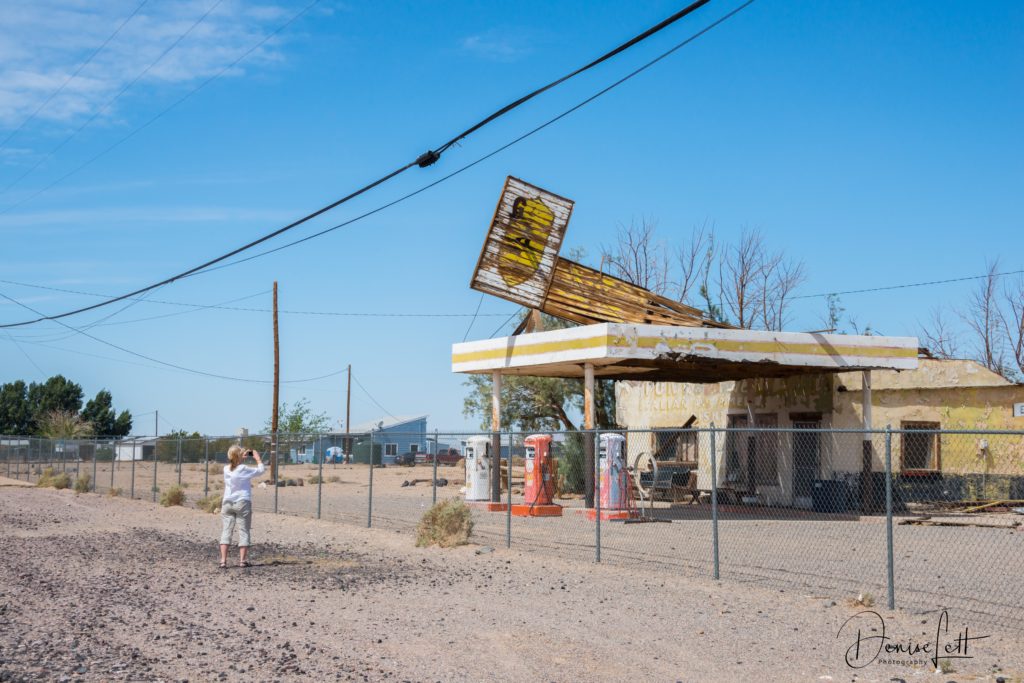
The broad yellow line outlined by thin red painted lines around the canopy and the trademark shield shape of the yellow on the otherwise white wooden sign above the canopy indicate the ruin was a former Whiting Bros. Gas Station. I could make out the words “Tony” and “Italian and American Dishes” on the front of the building. Research indicates the building served as an Italian cafe before becoming a gas station and that this Dry Creek Station opened in 1951 and closed in the 1970s when the interstate highway (I-40) bypassed Newberry Springs.
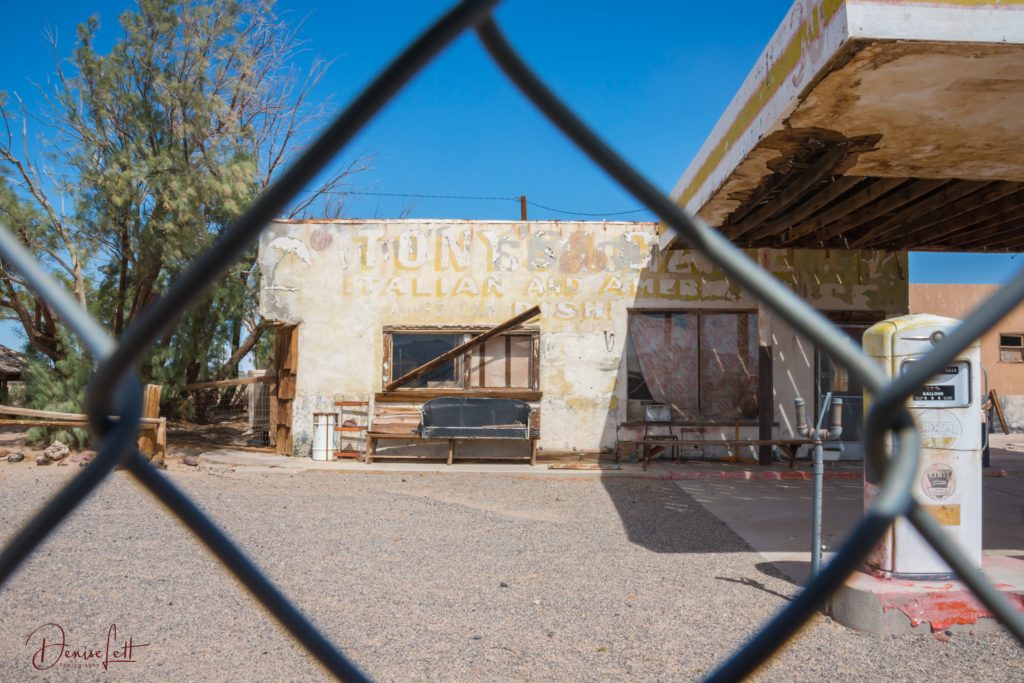
We continued our journey through the Mojave Desert.
(to be continued….) SUBSCRIBE to my blog at the very bottom of the page!
COPYRIGHTED MATERIAL

